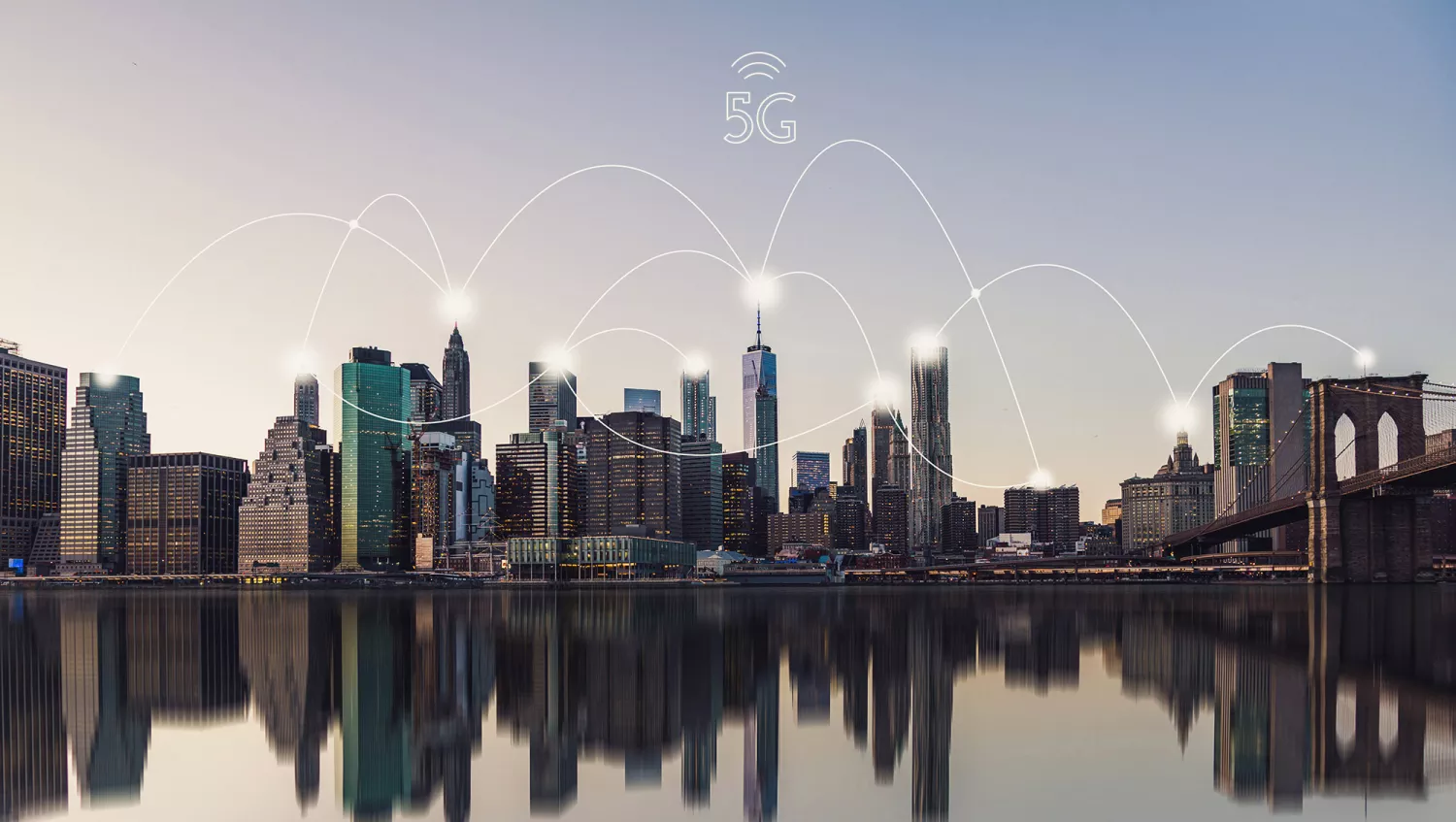Today, we’re standing at the gateway to a 5G future. Live tests of 5G wireless networks are underway, and network launches are expected this year. To get maximum benefit from the huge potential of this next generation of high-speed mobile internet connectivity, building and venue owners should start acting now!
Here are three key steps every building and venue owner should take to ready their property to support 5G services, offered by mobile network operators.
1. Start Thinking About Next Generation Applications
With its extremely high data speeds, low latency, and seamless connectivity, 5G wireless technology brings us fully into the era of smart buildings. It will enable any number of applications that are challenging or not possible with current 4G and Wi-Fi technologies. For example:
-
High data speeds open the door to 4K video applications that enhance the visitor experience at venues, ranging from shopping malls and entertainment complexes to conference centers and sports stadiums.
-
Low latency enables more use of connected devices and the Internet of Things (IoT) to improve operational efficiency. Smart parking applications that dynamically update the number of available parking spaces; automated Heating, Ventilation, and Air Conditioning (HVAC) and lighting systems; and robots that can clean your floor and secure your venue, are just a few of the possibilities which will all require seamless connectivity.
-
Seamless connectivity, combined with low latency, supports mission-critical wireless applications, such as elevator operations and non-stop monitoring of medical devices.
2. Building for the Future
When determining the right wireless partner for your building, make sure the solution you choose will evolve to support the extremely high-bandwidth, low-latency applications that will become possible with 5G. Try to think three to five years ahead.
Ensure the solution you’re considering is capable of supporting the latest version of technology and beyond, without a major infrastructure upgrade. For example, next generation Wi-Fi technologies are expected to provide a massive increase in bandwidth which may be necessary to support smart building applications like closed-caption video for security.
Also, select an infrastructure solution that lets you take advantage of Citizens Broadband Radio Service (CBRS) spectrum. CBRS enables you to deploy a private, in-building LTE network and take a more active role in your building’s wireless strategy.
Finally, start migrating to a single, converged network that supports all video, voice, and data applications and wireless technologies. A single network is much easier and more economical to manage than multiple disparate networks. It’s also far more efficient to scale when it’s time to take advantage of new and more-advanced wireless applications.
All these different 5G applications require a unified data analytics platform that can collect data from networks and applications and proactively make decisions using predictive analytics.
3. Keep Your Options Open
There may be additional solutions that meet your requirements, so you’ll want the flexibility to choose a technology and business model that best meets your goals.
Working with the right infrastructure partner ensures you make the right decisions for your short- and long-term goals. These companies offer a wide range of in-building network design, installation, and management services. They can also provide expert advice about how to make the best use of the cloud and ensure your network provides the appropriate security for each application.
Mobile operators also benefit from new ways of working with building and venue owners. For example, buildings with private LTE networks allow operators to expand their coverage footprint into many more buildings without a major financial investment.
To get started on the path to 5G and smarter buildings, check out our wireless network solutions for buildings and venues.












